
hotline:
17715390137
Tel/Wechat:
18101240246 (Technology)
0512-68565571
Email:mxenes@163.com (Sales Engineer)bkxc.bonnie@gmail.com
Scan the code to follow or search the official account on WeChat:
2D Materials Fronrier After paying attention,
click on the lower right corner to contact us,
Enter enterprise WeChat.
Professional Services Online

腾龙娱乐负责人【521006914微信QQ同步】腾龙官方网站(www.TL9043.com)腾龙国际客服24小时在线,【公司直属客服】【公司直属开户】【大额无忧】支持视频验证现场。
【Research Background】
As of now, the great success of graphene materials has stimulated unlimited research interest in searching for new 2D layered inorganic materials, such as silene, black phosphorus, transition metal disulfides (TMDs), transition metal oxides (TMOs), graphite Carbonitride (gC 3 N 4 ) and MXenes. In the bulk structure, these materials have characteristic stable interlayer covalent bonds and weaker interlayer van der Waals interactions. At the same time, its stable 2D structure (single layer or few layers) can usually have different properties. Taking into account the similar 2D structure, these materials, their diverse physical chemistry and optoelectronic properties make it have great application potential in many fields. Compared with 2D form, when it is converted into the form of a quantum dot (the QD), a transverse dimension typically less than 10 nm, specific surface area and a higher effective to quantum confinement effects can bring more excellent performance. QDs derived from 2D materials have better dispersion and easier functionalization, etc., and are widely used in sensing, biomedicine, optoelectronic devices, catalysis, and energy storage applications. Similar to other QDs, MXene-QDs quantum dots exhibit various excellent properties, including natural of a hydrophilic, biocompatible satisfactory, both functionalized and outstanding luminescence properties, thanks Its size and quantum confinement effect, and its outstanding performance expand its application in the fields of optoelectronics, biology, catalysis and energy. Recently, Professor Zhifeng Liu and Professor Guangming Zeng of Hunan University published the title in the internationally renowned academic journal Journal of Materials Chemistry ATwo-dimensional transition metal carbide and nitride (MXene) derived quantum dots (QDs): synthesis, properties, applications and prospects review article, systematically summarizes the research progress of MXenes quantum dot materials, including their synthesis methods, performance, functionalization Surface modification, heterogeneous atom doping and composite preparation. And prospects for future research directions and opportunities.
【Graphic introduction】
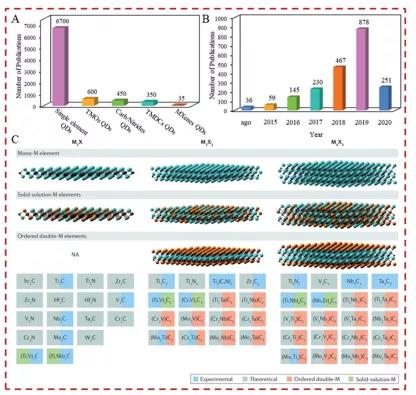
Figure 1. Number of papers published on 2D material-derived QDs and MXene research progress.
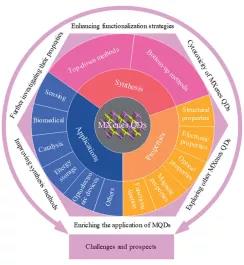
Figure 2. MXene quantum dot synthesis, performance and application summary.
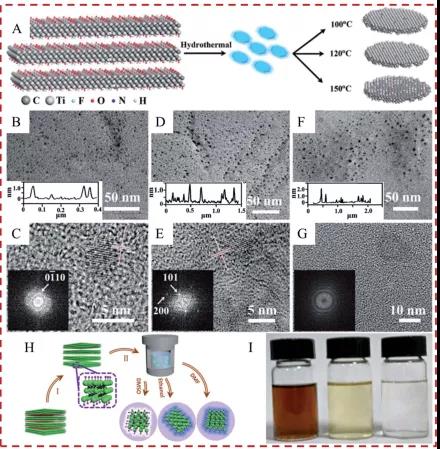
Figure 3. Schematic and physical characterization of Ti 3 C 2 quantum dots prepared by hydrothermal reaction .
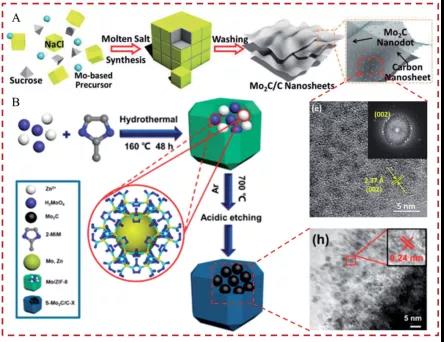
Figure 4. Mo 2 C QDs / C nanosheet preparation route and the corresponding TEM image of the molten salt method.
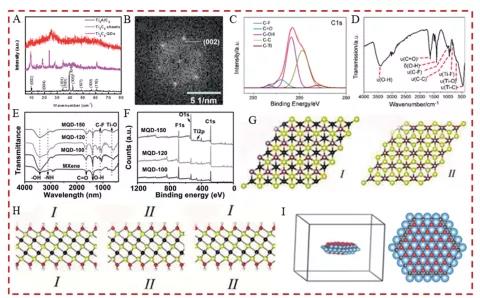
Figure 5. XRD patterns of Ti 3 AlC 2 , Ti 3 C 2 nanosheets and Ti 3 C 2 QDs; FFT images of Mo 2 C QDs; XPS images and infrared images of C 1s of Ti 3 C 2 QDs; Ti 3 C 2 The corresponding theoretical model of QDs.
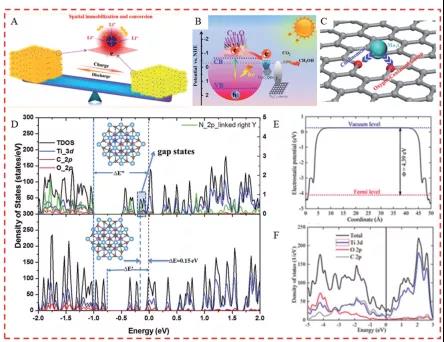
Figure 6. Charge transfer of Ti 3 C 2 QDs materials during discharge in lithium-sulfur batteries; DOS of Ti 3 C 2 O 2 QDs.
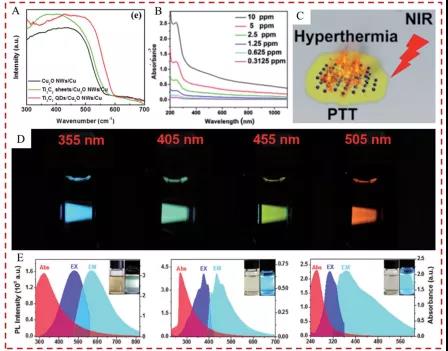
Figure 7. UV-Visible diffuse reflectance spectrum of Ti 3 C 2 QDs / Cu 2 O nanowires; the photoluminescence color of V 2 C QDs at different excitation wavelengths
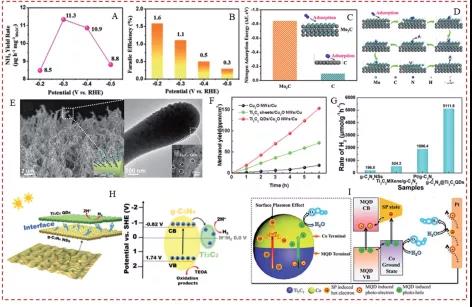
Figure 8. NH 3 synthesis yield and corresponding Faraday efficiency; Mo 2 CQDs structure and N 2 reduction sites; SEM and TEM images of Ti 3 C 2 QDs grown on Cu 2 O nanowires and corresponding methanol yield; Photocatalytic H 2 reduction of gC 3 N 4 @Ti 3 C 2 QDs complex; schematic diagram of light collection of Co-MQDs.
【Summary and Outlook】
As a member of an excellent QDs material family, MQDs have attracted more and more attention due to their outstanding physical chemistry and optoelectronic properties. The rapid development of the stripping technology has promoted the preparation of MQDs, which have some unique properties, such as outstanding photoluminescence performance, low toxicity, and good biocompatibility. There are still many challenges, mainly in the following aspects:
i) Improve the synthesis strategy of quantum dots;
ii) In-depth research on the performance of MQDs;
iii) Functional improvement of MQDs;
iv) Cytotoxicity of MQDs in practical applications;
v) Exploring the diversity of MQDs;
vi) Rich application of MQDs.
Literature link:
DOI: 10.1039 / d0ta01552k
Source: MXene Frontier
声明:
statement:
It is purely academic and non-commercial. If there is any infringement, please contact us immediately. We will delete it as soon as possible to protect the intellectual property of the original author. Thank you teachers and students for your attention and support.

| Reminder: Beijing Beike New Material Technology Co., Ltd. supplies products only for scientific research, not for humans |
| All rights reserved © 2019 beijing beike new material Technology Co., Ltd 京ICP备16054715-2号 |